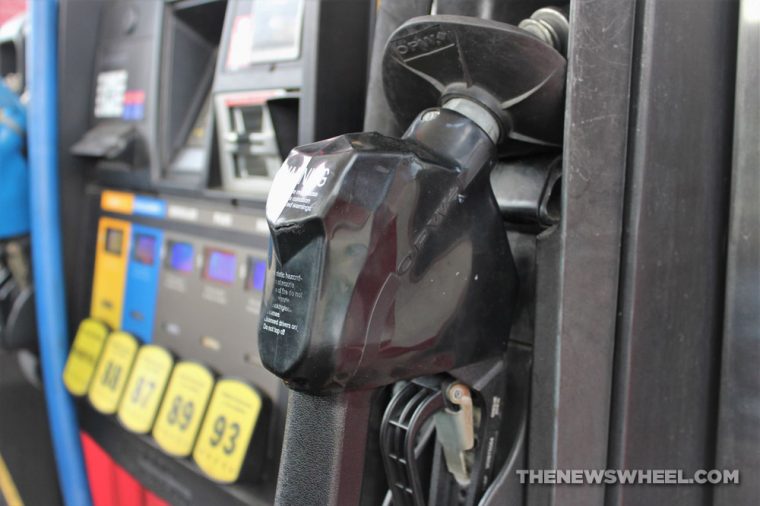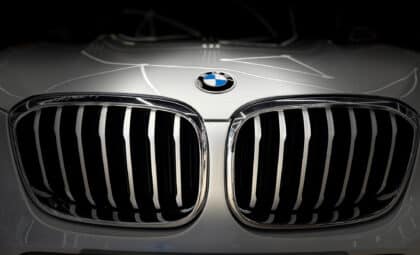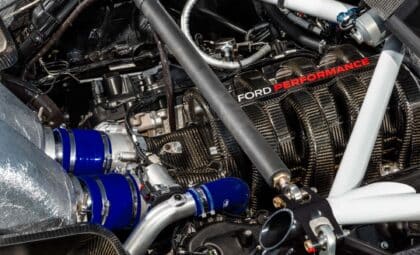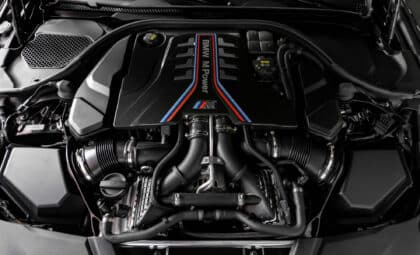
Common car advice says premium gasoline is only beneficial when recommended by the manufacturer. For vehicles that don’t recommend high-octane gas, the tiny boost in power and fuel economy isn’t enough to offset the increase in price, and using the more expensive fuel won’t improve reliability.
But over time, more vehicles have been recommending premium gas. A new report by the U.S. Department of Energy says that since 2018, over half of new light-duty vehicles sold each year either required or recommended premium gas. Light-duty vehicles are those that weigh less than 8,500 pounds and have a payload capacity up to 4,000 pounds — in other words, the majority of commercial vehicles on the road. If it’s not a Hummer EV or a truck that says 2500 or 3500 on it, it’s probably light duty.
In 2023, about 27% of new light-duty models required the use of premium gas, and another 26% recommended it, adding up to a combined 53% preferring high-octane fuel. This represents a major change from 1985, when that combined number was below 7%. The trend picked up steam in the late 1990s and early 2000s, then stagnated for a few years before resuming its climb through the 2010s.
The reason? Turbocharging. In the pursuit of ever-higher efficiency, manufacturers have turned to compact turbocharged engines. These use forced induction to feed air to the engine, and the higher the compression levels, the more powerful and economical they can be. But high compression is more likely to cause knocking when using low-grade 87-octane fuel, thus the rising push for pricier 93/94-octane fuel. Pumps also offer mid-grade 89-octane gas, but most manufacturers ignore it.
Eventually, electric vehicles will phase out combustion-powered cars altogether, eliminating the need for premium gas. But until that time comes, you can expect most new cars to increasingly require you to spend more at the pump. And when the few new combustion cars still being made are high-end, low-volume sports cars, the only use for 87-octane gas will be to power older cars long out of production.
Kurt Verlin was born in France and lives in the United States. Throughout his life he was always told French was the language of romance, but it was English he fell in love with. He likes cats, music, cars, 30 Rock, Formula 1, and pretending to be a race car driver in simulators; but most of all, he just likes to write about it all. See more articles by Kurt.









